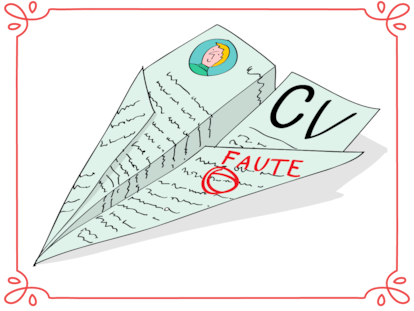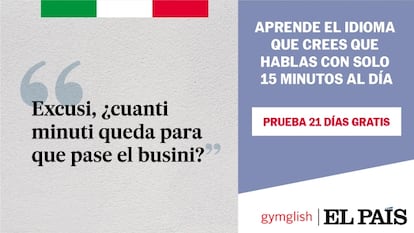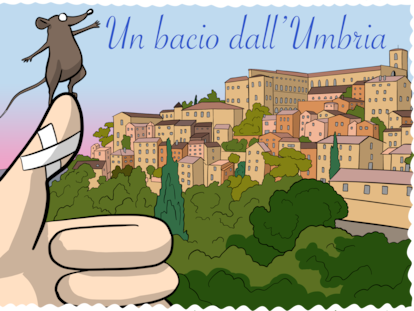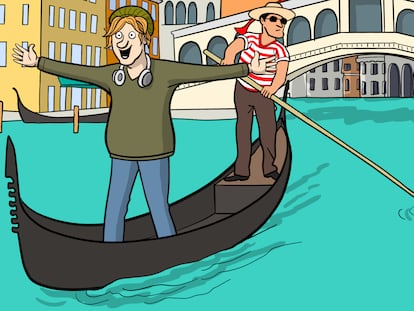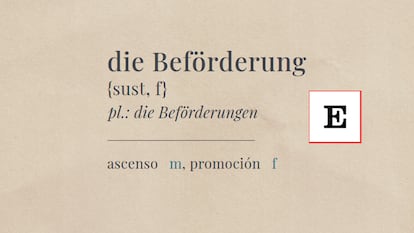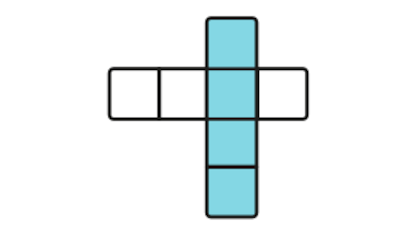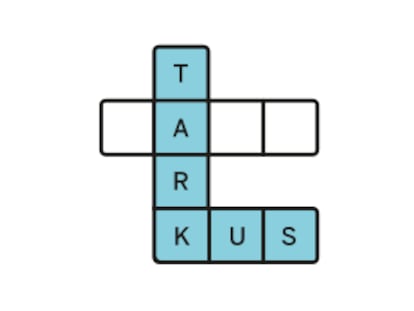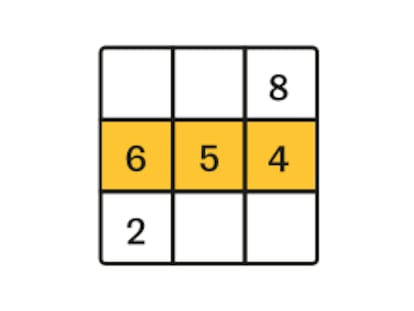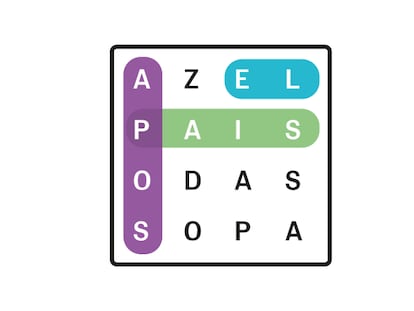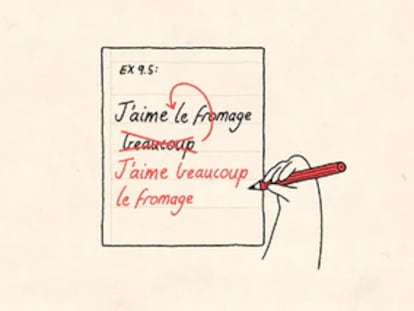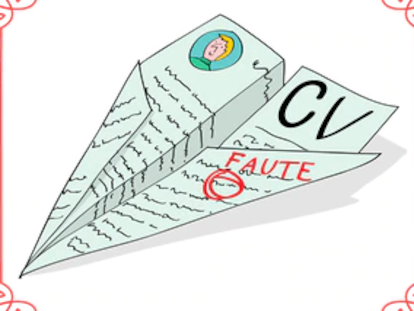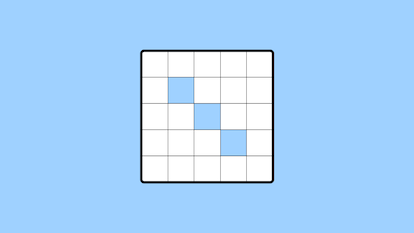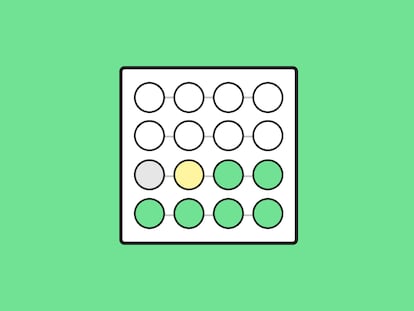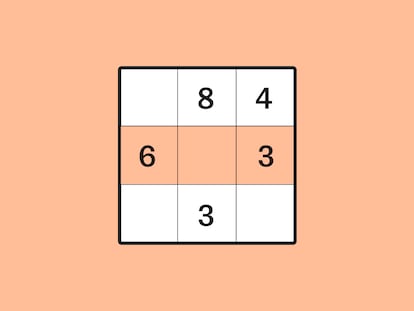Mysterious trays from Tutankhamun’s tomb reopen debate about the pharaoh’s funerary rites
Two studies that examined these clay objects, until now thought to be the bases for other elements, argue that they were actually part of a ritual linked to the god Osiris
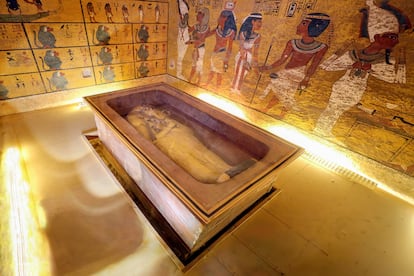
In 1922, the discovery of Tutankhamun’s almost-intact tomb provided lovers of ancient Egypt with an unparalleled treasure trove. It gave them a better understanding of the particularities of a pharaonic burial of the period. However, the magnitude of the find was such that, initially, certain elements went largely unnoticed. One of these was a group of objects placed on a sort of carpet in a corner of the burial chamber, including four wooden emblems and four mysterious rectangular unfired clay trays.
The excavation records about these clay trays are somewhat brief. They were all cataloged together and don’t appear among the approximately 1,400 images taken by British photographer Harry Burton, who documented the excavation of Tutankhamun’s tomb. The archeologist who led the mission — Howard Carter — only referred to them in passing in his report, in which he speculated that the “four small clay troughs” could have served as the bases for the “curious emblems” found beside them; an interpretation that has held sway to this day.
Two recent studies of these objects, however, offer alternative explanations for the role that these trays may have played in the funerary rituals or funerary ensembles of the pharaohs of the time. The first study suggests that, far from being designed to simply accommodate emblems, the troughs may have actually been libation bowls that were part of a funerary rite associated with Osiris. He was the god of the dead, resurrection and the afterlife (among other concepts) in ancient Egypt.
“[Tutankhamun’s] burial chamber appears to have been arranged to recreate a funerary rite later known as the ‘Awakening of Osiris,’ in which Horus (a major ancient Egyptian deity and son of Osiris) — or an heir acting as Horus — awakens the deceased [Osiris] so that he can rule in the afterlife,” says Nicholas Brown, an archeologist at Yale University and one of the study’s authors. “I believe Tutankhamun’s tomb is the first [piece of] evidence we have of this ritual in a royal tomb from the New Kingdom of Egypt,” he proposes.
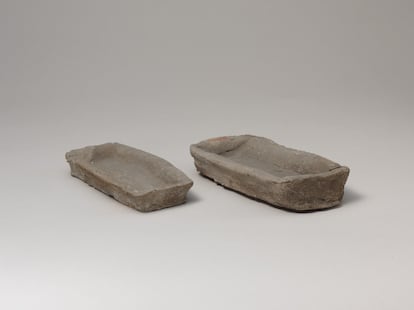
The enigmatic trays from Tutankhamun’s tomb aren’t the only ones that have been found. In total, around 100 more have been discovered in three different locations: two embalming pits in the iconic Valley of the Kings in southern Egypt, as well as in another royal tomb. All of them date from Tutankhamun’s reign onward. Brown notes, however, that this small number of examples could be explained by the fact that the clay makes them very fragile and that other trays may have been discarded by tomb raiders.
In his reinterpretation of these objects, Brown emphasizes that the trays appear unsuitable for supporting the wooden objects placed alongside them. He notes that none of the objects were found standing upright in the troughs, but were rather found leaning against a wall of the burial chamber. Furthermore, the trays were placed on a mat. Hence, he believes they most likely had a separate function. “The troughs are too small and shallow, [while] the emblems too tall and unwieldy to stand [on them],” Brown observes. This leads him to believe that “they were part of the final and/or eternal funerary rites for the deceased.”
The archeologist also believes that if one of the purposes of the funerary rites was to bring the deceased back to life and reanimate their corpse in the afterlife, the troughs could have been filled with some liquid, either as an offering to the deceased or for ritual purposes. Furthermore, the fact that the trays were made from Nile clay suggests – according to Brown – another possible connection with the idea of regeneration and with Osiris, who was also the god of fertility. In fact, the troughs found in the tomb of another pharaoh, Horemheb, appear to show traces of water.
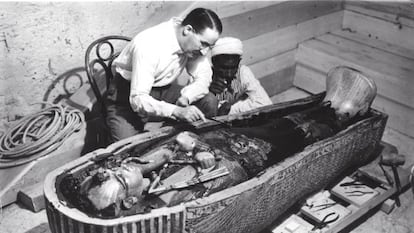
On the other hand, Brown’s analysis notes that, during the brief reign of the young Tutankhamun, traditional afterlife beliefs and royal funerary rites and rituals were restored. He proposes that, as part of this program, officials acting in the pharaoh’s name may have taken the opportunity to reinterpret traditional court funerary practices, such as by including a more direct presence of the god Osiris.
“Tutankhamun’s predecessor — Akhenaten — reoriented the country’s religious beliefs toward monotheism, [which was] centered on the sun disk, the Aten. This also affected official afterlife beliefs focused on resurrection through Osiris, which weren’t permitted,” Brown explains. “Tutankhamun and the officials acting on his behalf were able to adapt, alter and change royal funerary practice and bring Osiris back into the spotlight. He adds that “the clay pots are a small aspect of this much broader and more complex religious funerary rite.”
The other academic study on the purpose and uses of these mysterious clay trays, conducted by Egyptologist Jacobus van Dijk, at the University of Groningen in the Netherlands, is yet to be published. But the work offers an alternative explanation. In this case, the Dutch professor suggests that the answer to the enigma could be hidden in an ancient funerary text known as the Book of the Dead, used since before the era of Tutankhamun.
In an excerpt from this work, four small clay trays are filled with milk. At dawn, the torches that had illuminated the deceased all night are extinguished. This is believed to symbolize the imminent resurrection of the sun god and Osiris (and, with them, that of the dead). The key to this ritual, Van Dijk notes, may be hidden in one of these trays, particularly those from the tomb of Pharaoh Horemheb. They still preserve a whitish or yellow residue that, if analyzed, could help clarify the enigma.
Sign up for our weekly newsletter to get more English-language news coverage from EL PAÍS USA Edition
Tu suscripción se está usando en otro dispositivo
¿Quieres añadir otro usuario a tu suscripción?
Si continúas leyendo en este dispositivo, no se podrá leer en el otro.
FlechaTu suscripción se está usando en otro dispositivo y solo puedes acceder a EL PAÍS desde un dispositivo a la vez.
Si quieres compartir tu cuenta, cambia tu suscripción a la modalidad Premium, así podrás añadir otro usuario. Cada uno accederá con su propia cuenta de email, lo que os permitirá personalizar vuestra experiencia en EL PAÍS.
¿Tienes una suscripción de empresa? Accede aquí para contratar más cuentas.
En el caso de no saber quién está usando tu cuenta, te recomendamos cambiar tu contraseña aquí.
Si decides continuar compartiendo tu cuenta, este mensaje se mostrará en tu dispositivo y en el de la otra persona que está usando tu cuenta de forma indefinida, afectando a tu experiencia de lectura. Puedes consultar aquí los términos y condiciones de la suscripción digital.
More information
Archived In
Últimas noticias
Maduro pleads not guilty before the federal court in New York: ‘I am still the president of Venezuela’
A new test can detect Alzheimer’s from a finger prick
UN team enters Sudanese city of El Fasher after paramilitary massacre: ‘It’s like a ghost town’
A recipe for resistance: Indigenous peoples politicize their struggles from the kitchen
Most viewed
- Gilles Lipovetsky: ‘If you want to live better and fall in love, take Prozac, don’t look to philosophy’
- Alain Aspect, Nobel laureate in physics: ‘Einstein was so smart that he would have had to recognize quantum entanglement’
- Alvin Hellerstein, a 92-year-old judge appointed by Bill Clinton, to preside over Maduro’s trial in New York
- Why oil has been at the center of Venezuela-US conflicts for decades
- Maduro’s downfall puts China’s relationship with Venezuela to the test













